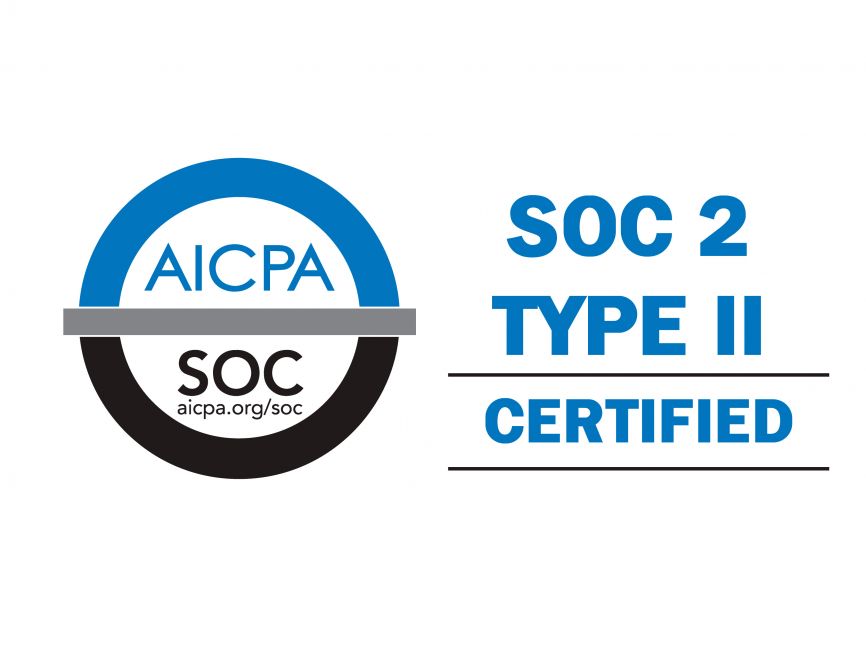With the implementation of the Affordable Care Act (ACA), individuals that did not previously have access to employer coverage and could not afford individual insurance premiums on their own, can now shop for plans on the Individual Health Insurance Marketplace. While submitting an application, they also answer questions to see if they are eligible for tax credits to help lower their monthly premium. In this article we will discuss how the tax credits are calculated, and the general criteria applicants must meet to qualify.
To qualify for tax credits to help lower the premium of your chosen health insurance, you start by filling out an application on Healthcare.gov. At American Exchange, we work with you to help you complete this step. Your answers to basic questions like your zip code, age, family size, and expected household income (Modified Adjusted Gross Income, MAGI) for the current year will determine your eligibility for tax credits. In general, if you are not offered employer coverage or not eligible for government sponsored coverage (ie Medicaid, Medicare, Veteran Affairs, etc.), then you are eligible to purchase a health insurance plan through the Health Insurance Marketplace.
Typically, to be eligible for a tax credit, you would need to fall in between 100% to 400% of the Federal Poverty Level (FPL). These levels change a little each year, but for 2018, a single person with no dependents would need to make at least $12140 (100% FPL) in the year to qualify for tax credits. Some states chose to expand their Medicaid program. In these states, you qualify for Medicaid from 0% to 138% FPL. So, in states like Kentucky, Illinois, and New York, the same single person with no dependents would have to make over $16,753 (138% FPL) in 2018 to qualify for a tax credit.
Other requirements besides income are:
● Do not file Married Filing Separately (unless you qualify for a special rule that allows it)
● Is not claimed as a dependent of someone else
● Not eligible for affordable employer sponsored coverage that provides the minimum
value of coverage (*minimum value is at least 60% of expected total costs, and the
employee share of premium is no more than 9.69% of the income).
Once you have been found eligible for a tax credit, you can choose to get that payment in advance. With this option, the tax credit is sent each month to the insurance carrier you choose, and applied to your monthly premium. You are then responsible for the remaining monthly balance to keep your insurance active.
By accepting the tax credits in advance, you do agree to file a tax return for that year. Failing to do so will most likely cause you to lose the tax credit mid-year until it is filed, and may prevent you from receiving tax credits in future years. It is also important to be as accurate as possible when estimating your income, to avoid having to repay some of the tax credits if you receive too much based on your actual income for the year (as reported on your tax return).
The Affordable Care Act also requires that you agree to report any information changes to the Marketplace so they can make sure that you are still eligible for the tax credits. These changes are things such as:
● Address changes, Name updates (marriage, divorce, adoption)
● New dependents being added to your family (and tax return)
● Change to income
● Gaining access to employer coverage or other coverage like Medicaid, Medicare, etc.
Unfortunately, tax credits are not an option for everyone, but if you are eligible, they go a long way in helping you get covered for less out of your pocket. Under the Affordable Care Act, Open Enrollment for 2019 begins November 1, 2018. The deadline to get coverage is December 15th, 2018. If you are interested in going over your options, please call us at 1-888-995-1674 or locally at 423-424-0586. We are happy to help!

